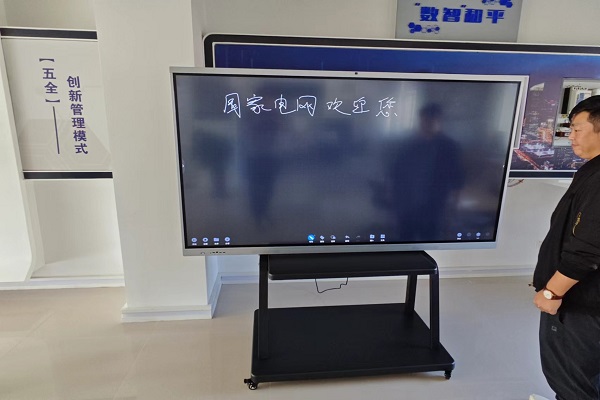Interactive Whiteboard Function
Interactive Whiteboard Function
Interactive whiteboards have a variety of functions that can greatly improve the efficiency and interactivity of teaching and meetings. Here are some of the main features:
Touch and interactivity: Interactive whiteboards use touch technology, and users can operate on the screen with their fingers or a dedicated positioning pen, similar to using a mouse or touch screen, making the operation more intuitive and convenient. This interactivity is not limited to teaching environments, but also applies to meetings and other collaborative environments.
Content editing and annotation: Users can write, draw, edit and annotate content on the whiteboard. This function makes the communication of information richer and more dynamic. Users can annotate and modify presentations, charts, etc. in real time to enhance the transmission effect of information.
Content saving and playback: Interactive whiteboards have a recording function that can record the demonstration process for subsequent review and revision. This is particularly important for remote teaching and meeting records, which can ensure the complete communication of information and subsequent reference.
Multi-user interaction: In large-scale meetings or teaching, interactive whiteboards support multi-touch or multi-user simultaneous operation, and different people can operate on the same screen, which increases interactivity and participation.
Integrated multimedia functions: Interactive whiteboards can be connected to computers, projectors and other devices to display multimedia content, such as videos, pictures, etc., making presentations more vivid and diverse.
Network functions: Interactive whiteboards support network functions and can be connected to other devices or locations through the network to achieve remote collaboration and meetings, especially in the field of education, which greatly expands the space and possibilities of teaching.
Compatibility and scalability: Interactive whiteboards are compatible with a variety of software and hardware, support the operation of a variety of applications, and users can customize and expand them according to their needs to meet different usage scenarios.
In summary, interactive whiteboards provide unprecedented convenience and efficiency for teaching and meetings through their powerful interactive functions, content editing capabilities, multimedia integration and network functions, and have become an indispensable tool in modern education.

